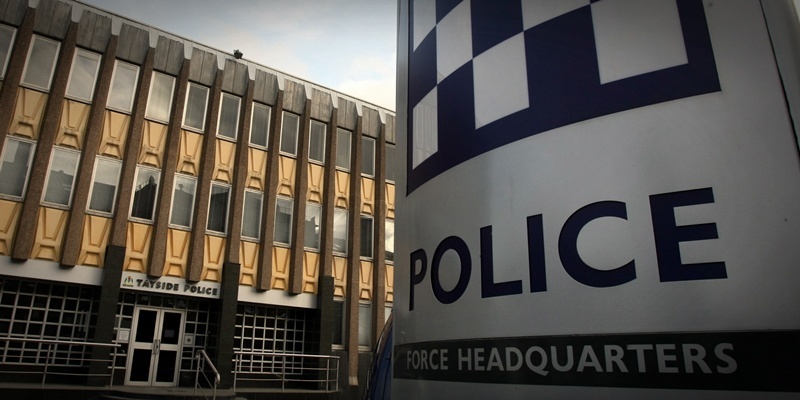Tayside Police can deal with as many as 150 suicide-related incidents in a month five a day.
The disturbing statistic comes from new evidence to be featured on BBC1 tonight about the number of people believed to be at risk of suicide.
BBC Scotland Investigates: Scotland’s Silent Deaths will disclose new police information about the number of vulnerable people who are thought to be at risk of taking their own lives.
Programme makers were given access to a study by Tayside Police which suggests the statistics showing actual suicides reflect only a small part of the problem.
The force has compiled information about every incident where suicide is attempted or threatened, and it shows that while the area has on average about four suicides a month, there can be as many as one 150 suicide-related incidents. Children, including one nine-year-old, were among the vulnerable Taysiders who featured in the report of attempted or threatened suicides.
Detective Chief Inspector Gordon Milne tells the programme the findings are a wake-up call for organisations which work with people at risk of taking their own lives.
”Extend that out across the whole of Scotland, there is a significant number of calls every day, every week, every month, every year involving people who are in mental health crisis,” he says.
”It is a significant issue not only for the police and the other emergency services but for society in general. This would appear to be the first time that we’ve actually measured in its true sense what impact this is having.”
The programme also hears concerns there are not services in place to help those who are suicidal and who come to the attention of the authorities.
DCI Milne says in some cases police have no option but to arrest those in trouble and lock them up in a cell as a last resort for their own safety. The programme reports the study shows police often try to get someone admitted to the NHS mental health system but are turned away.
The Scottish Association for Mental Mental has called for more dedicated services to help those in crisis.
Kirsty Keay, the charity’s national programme manager for suicide prevention, said: ”We don’t have a service that addresses suicidal thoughts. We don’t have a service that helps people with their pain around that issue. We have to stop thinking of suicide as purely being within the realms of mental health services to deal with, because it’s not.”
BBC Scotland Investigates: Scotland’s Silent Deaths is on BBC1 tonight at 10.35.
